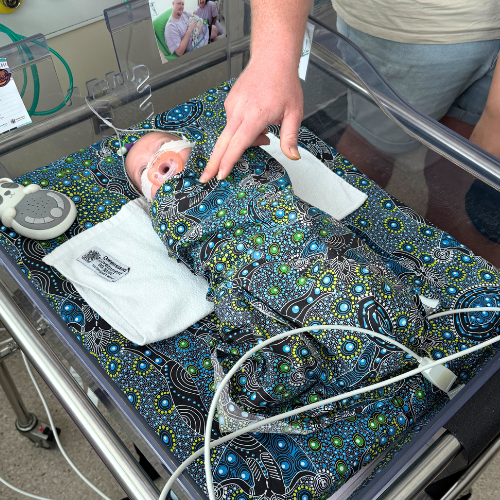With acute and debilitating low back pain one of the most common reasons Australians seek help at emergency departments, a new RBWH Foundation-funded study will tap into the patient perspective to understand the best way to tackle unnecessary medication use, prevent repeated ER visits and ease pressure on the health service.
While emergency departments play a vital role in ruling out serious conditions and ensuring that patients in pain receive immediate support, most cases of acute low back pain are manageable with over-the-counter pain relief, simple exercise, gradual return to activity and resolve without intervention within six weeks.
ED Physiotherapist Janelle Heine says that for current treatment guidelines to work, which would significantly ease the pressure on health services and reduce unnecessary treatment, patients need to fully understand and trust the care they've received, and believe they can manage their condition on their own once they leave the ED.
“The aim of this study isn’t to reduce access to emergency care - people experiencing pain should absolutely seek help – but to look at that experience from the patient perspective, so we can then give ED teams the tools and support they need to deliver best-practice care.
“Ultimately, we want pain relief for the patient, without spending unnecessary time in hospital or accessing high-risk medications where alternatives are available.
“Prolonged ED stays, along with frequent re-presentations, contribute to overcrowding, low satisfaction with care and put the health system under significant pressure. There are no winners in that situation.”
Current clinical guidelines for low back pain with no ‘red flags’, such as signs of infection or malignancy, and that is responsive to pain relief, recommend early movement, simple pain relief and advice to support recovery.
This study will, for the first time at RBWH, engage directly with patients to better understand their journey through the ED, their interpretation of the care and advice they receive, and how confident they feel to self-manage their pain going forward.
“By identifying what helps patients most, and where extra support or resources could make a difference, this study will offer practical recommendations to help clinicians deliver even more effective, guideline-aligned care,” Janelle said.
“The goal is to reduce the ongoing burden of back pain for both patients and the health system and ensure that those presenting to the ED leave feeling informed, empowered and supported to effectively – and safely - take control of their recovery.”









